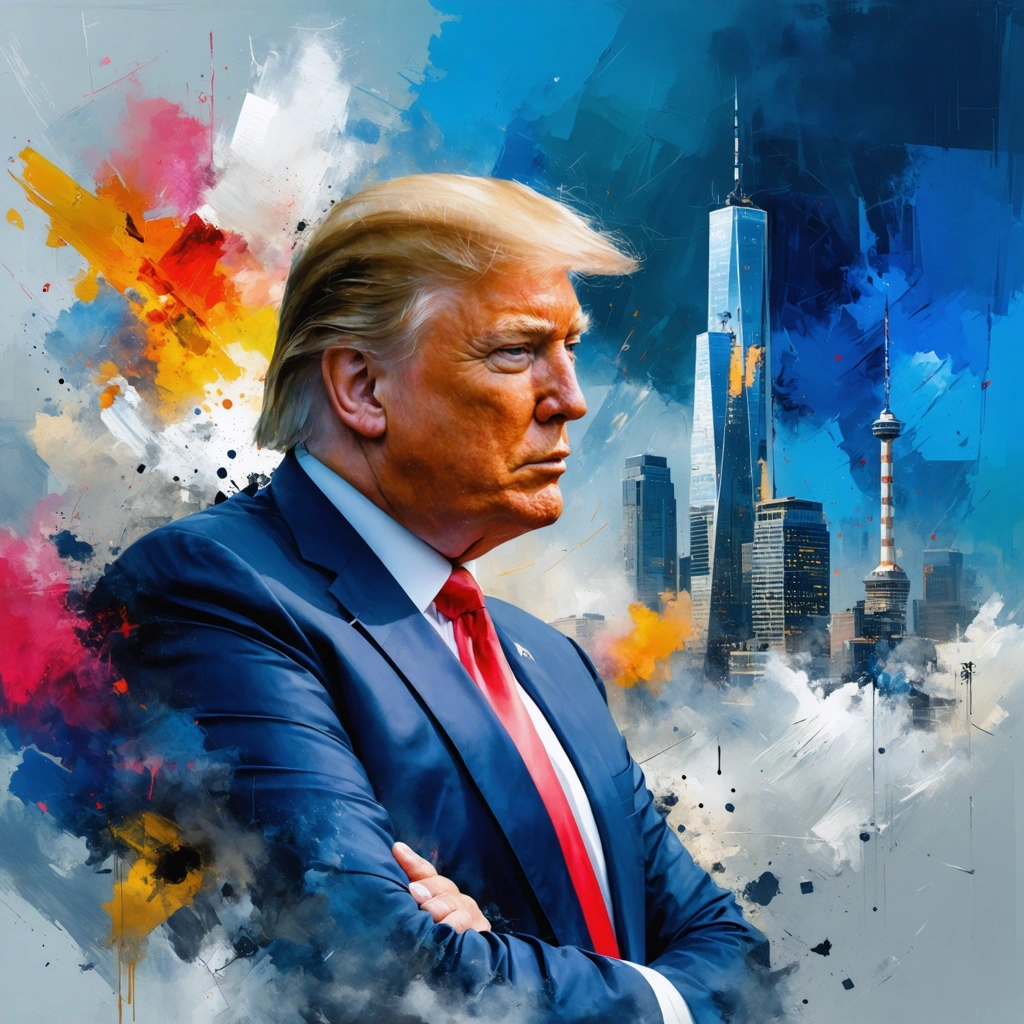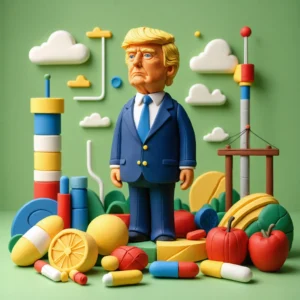
Introduction to the Tariff Policy
The initiation of the 25 percent tariff on steel and aluminum by President Trump marked a pivotal change in U.S. trade policy. This decision, driven by concerns over national security, domestic production, and retaliatory trade practices, has fundamentally altered the landscape for several key industries. In recent months, discussions on economic implications, supply chain adjustments, and future negotiations have intensified. This article provides an in-depth business analysis of the strategy behind the tariff, its anticipated repercussions on manufacturers, and the broader economic context.
Strategic Rationale Behind the Tariffs
National Security and Economic Sovereignty
One of the primary justifications for imposing tariffs is the argument for protecting national security. By limiting the reliance on foreign imports of critical materials, the administration aimed to promote self-reliance in industries that deal with defense and infrastructure. The tariff policy reflects broader strategic considerations that include:
- Securing access to essential materials in times of geopolitical uncertainty.
- Promoting domestic production of high-demand metals.
- Reducing vulnerability in critical supply chains.
These strategic objectives align with the administration’s emphasis on economic sovereignty, a policy that seeks to prioritize national interests over global market efficiency.
Economic Considerations and Business Implications
While national security remains at the forefront, the tariffs also carry significant economic implications. Increased costs for steel and aluminum imports inevitably affect industries that rely on these materials. Key sectors experiencing a ripple effect include:
- Automotive Manufacturing: Rising input costs for car manufacturers may impact production volumes and profit margins.
- Solar Panel Production: Companies operating in green energy sectors face potential cost increases, affecting the final pricing of renewable energy products.
- Construction and Infrastructure: Elevated material costs could delay projects and lead to budget readjustments.
These impacts are not isolated; they create a cascade effect across the supply chain, influencing pricing strategies, employment levels, and investment decisions within the affected industries.
Assessment of the Economic Impact
Cost Increases and Their Ripple Effects
The imposition of a 25 percent tariff on imported metals is expected to have significant cost implications for U.S. manufacturers. Several factors contribute to these anticipated increases:
| Industry | Expected Impact | Key Concerns |
|---|---|---|
| Automotive | Higher production costs, leading to increased final sale prices | Reduced competitiveness, potential job cuts |
| Renewable Energy | Increased costs of solar panel manufacturing | Slower adoption of green technologies, price fluctuations |
| Construction | Rising costs of metal inputs in infrastructure projects | Delayed projects and increased contract costs |
An increased cost base in these industries could lead to inflationary pressures and necessitate adjustments in government fiscal policies, including subsidies and tax incentives to offset the negative impacts.
Long-Term Trade Dynamics and Market Adjustments
Long-term consequences of the tariffs include potential realignments in global trade dynamics. Several scenarios could unfold as international markets respond to the U.S. trade stance:
- Retaliatory Tariffs: Affected countries may impose their own tariffs on U.S. exports, leading to trade disputes that could harm international commerce.
- Supply Chain Restructuring: U.S. manufacturers might seek alternative suppliers to mitigate cost increases, which may lead to diversified sourcing strategies.
- Investment Shifts: The current climate may encourage investment in domestic metal production and renewable energy sources that reduce the need for imported materials.
Each of these outcomes underscores the complex interdependencies inherent in global trade, where policy adjustments in one nation can spur widespread economic readjustment across multiple sectors.
Business Strategy and Policy Recommendations
Short-Term Mitigation Strategies
For businesses affected by the tariffs, several short-term strategies could help mitigate the impact:
- Cost-Pass-Through Strategies: Adjusting pricing models to reflect increased material costs without drastically reducing market competitiveness.
- Supply Chain Diversification: Actively seeking alternative suppliers or investing in domestic production links to reduce dependence on imported materials.
- Operational Efficiency: Implementing lean manufacturing and optimizing production processes to absorb higher input costs.
These strategies aim to cushion companies against immediate financial pressures while maintaining market presence and operational stability.
Long-Term Business Adaptation
In the long term, businesses need to adjust their strategies to adapt to evolving trade policies. Key recommendations include:
- Developing robust contingency plans that incorporate potential policy shifts and market volatilities.
- Investing in technology and automation to improve production efficiency and reduce reliance on expensive raw materials.
- Engaging in strategic lobbying and policy discussions to influence future trade regulations beneficial to their sectors.
- Fostering collaborations across sectors to share resources, knowledge, and technologies for mutual benefit.
These measures may help U.S. companies build resilience against external shocks, foster innovation, and maintain competitive edge in the global market.
Conclusion and Future Outlook
Anticipated Market Shifts
President Trump’s imposition of tariffs on steel and aluminum marks the beginning of a significant policy shift with wide-reaching implications for both domestic industries and international trade relationships. The tariffs are designed not only to protect domestic production and national security but also to force a recalibration of how U.S. companies engage with global markets. As businesses adjust to higher input costs, the market is likely to experience:
- An increase in the price of consumer goods directly linked to metal costs.
- New industrial investments aimed at boosting domestic production capacities.
- Shifts in international alliances and trade agreements as countries respond to tariff barriers.
Policy Challenges and Opportunities
From a policy perspective, the tariffs represent both a challenge and an opportunity. Challenges include managing potential retaliatory actions from trade partners and mitigating domestic inflationary effects. Conversely, opportunities arise from re-investing in domestic industries, fostering innovation, and potentially restructuring international trade in a manner that benefits national security interests.
As the business community continues to navigate these changes, it is imperative to monitor not only immediate cost increases and market responses but also the long-term trends that will eventually shape the U.S. trade environment. Strategic foresight, coupled with agile policy responses, remains essential for steering the economy through these turbulent times.
In conclusion, while President Trump’s tariffs on steel and aluminum present significant short-term disruptions, they also offer a unique opportunity for transformational change within the U.S. economy. Businesses must choose between resistance and adaptation; those that innovate and adopt comprehensive strategies are likely to emerge stronger in the global marketplace. The evolution of these policies will be a critical area to watch as it continues to redefine the economic and strategic contours of American industry.




